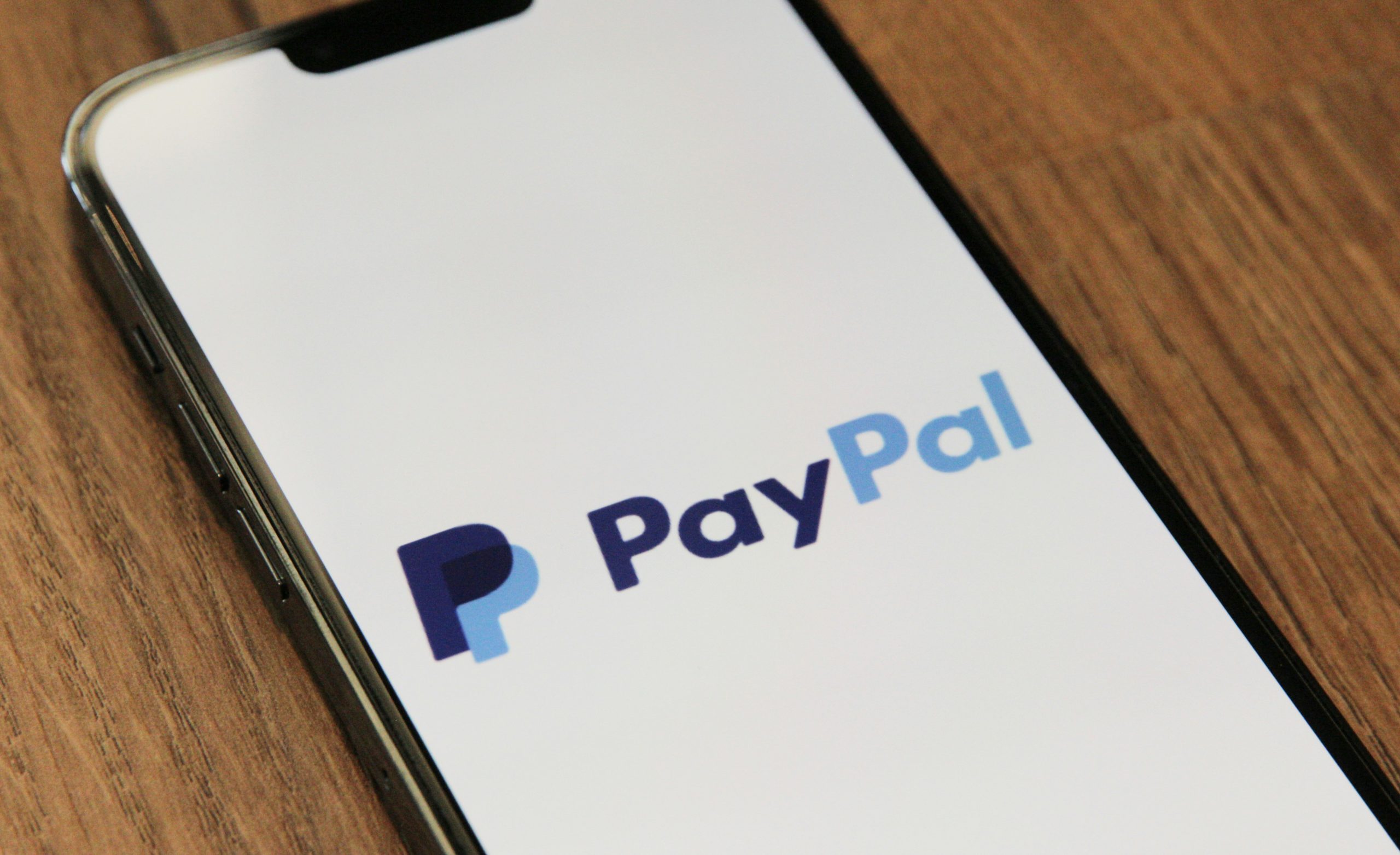Fast Cash Advance: Secure Funding When You Need It

Unexpected expenses can arise at any time, leaving you in urgent need of funds. A fast cash advance can provide quick relief. They offer immediate access to money, helping you cover short-term financial gaps.
In this article, we’ll explore the different types of fast cash advances, their benefits and drawbacks, and key factors to consider before applying. By understanding your options, you can make an informed decision that aligns with your financial situation and prevents unnecessary debt.
Key Takeaways
- Fast cash advances provide essential funding for urgent financial needs.
- Repayment periods often align with your next paycheck, making management easier.
- The application process is usually quick and straightforward, often completed in minutes.
- Understanding the associated fees is crucial to avoid unexpected costs.
Understanding Fast Cash Advance Options
A cash advance is a short-term loan that provides quick access to cash, typically through credit cards, payday loans, or mobile apps. While convenient, these come with high interest rates and fees, and interest begins accruing immediately upon withdrawal. Understanding how to borrow the right way involves carefully evaluating the costs and repayment terms to avoid financial strain.
Fast cash advances can be useful in emergency situations, such as unexpected medical bills or urgent expenses. They allow borrowers to access funds quickly through credit card cash advances, payday loans, or cash advance apps. However, knowing the different types and their conditions helps you make an informed decision that aligns with your financial needs.
Types of Cash Advances
There are several types of fast cash advance options, each with unique benefits and drawbacks:
- Credit Card Cash Advances: They allow you to withdraw cash from your credit card, up to the issuer’s limit. However, these advances come with higher interest rates than regular credit card purchases.
- Payday Loans: These are short-term loans, typically under $500, designed for quick access to cash. However, they often have extremely high APRs—up to 400%, making them a costly option.
- Cash Advance Apps: These apps provide small cash advances, with repayment linked to your next paycheck. They typically charge optional tips or membership fees instead of traditional interest.
- Merchant Cash Advances: This is a funding option for businesses where repayment is made daily or weekly as a percentage of sales. This can be an alternative for businesses needing quick capital but may lead to high repayment costs over time.
Key Features of Fast Cash Advances
Before taking out a cash advance, it’s important to consider its main characteristics:
- High Interest Rates: Cash advances, such as credit card advances, carry much higher interest rates than standard purchases.
- Transaction Fees: Many lenders charge fees ranging from 3% to 5% of the total amount advanced. For example, a $500 cash advance may come with a $15 to $25 fee.
- No Grace Period: Unlike regular credit card purchases, cash advances start accruing interest immediately, increasing the total repayment cost.
- Credit Score Impact: Taking out a cash advance can negatively impact your credit score by increasing your credit utilization ratio, which lenders generally prefer to keep below 30%.
As of late 2024, the average credit card limit in the U.S. was $29,855, meaning cash advances may be less impactful for those with higher limits. However, understanding how these loans affect your finances is crucial before opting for a cash advance.
How Cash Advances Work
Understanding the cash advance process is key to managing your finances well. The steps to apply for a cash advance are simple. This ensures you can get funds quickly when you need them.
When applying, you’ll need to provide some basic information. This includes proof of income, a valid ID, and your bank account details. Knowing what to expect can help ease your worries and speed up your access to cash.
Application Process
To apply for a cash advance, first choose a lending option that fits your needs. You can pick from traditional bank loans or peer-to-peer payment apps. If you use a credit card for cash advances, you can do so through ATMs, bank withdrawals, or convenience checks.
Each method has its own fees. These can include:
- ATM transaction fees
- Cash advance fees ranging from 3% to 5%
- Potential additional costs based on your credit card issuer’s policies
The cash advance process is made to be easy. It lets you get urgent cash for unexpected expenses quickly. Always compare the terms and fees from different lenders to find the best deal for you.
Approval Times and Funding Availability
Approval times for cash advances vary. Payday loans can be approved almost instantly. Online personal loans might take 24 to 48 hours. Funding is usually available as soon as you’re approved.
Whether you use cash advance apps or traditional loans, you can often get the funds you need quickly. Remember, once you get the funds, interest starts right away. This makes it crucial to pay back on time to avoid more debt.
Pros and Cons of Using Cash Advances
Cash advances can be a quick fix for money problems. But, it’s important to know the good and bad before you decide. Understanding the benefits and risks helps you make a smart choice for your money.
| Pros of Cash Advances | Cons of Cash Advances |
| Immediate cash access for emergencies such as medical bills or car repairs. | Cash advances accrue interest immediately, with no grace period. |
| Less stringent qualification requirements, making it easier to obtain than regular loans. | High interest rates can contribute to financial strain. |
| Quick approval processes allow for speedy access to funds. | Unpaid balances can negatively impact credit utilization and scores. |
| Useful tool for managing cash flow during tough financial times. | Risk of falling into a cycle of debt, particularly with payday loans. |
Conclusion
Fast cash advances can be a valuable financial tool in times of urgent need, providing quick access to cash when other options fall short. However, their high costs, immediate interest accrual, and potential impact on credit scores make them a short-term solution rather than a long-term financial strategy.
Before taking out a cash advance, consider alternative borrowing options such as personal loans, credit union loans, or even negotiating with creditors. If a cash advance is your best option, borrow responsibly, ensuring you can repay the amount on time to avoid accumulating excessive interest and fees.
FAQ
What is a cash advance and how does it work?
A cash advance allows you to borrow money against your credit card’s line of credit. You can get cash quickly using an ATM, a bank, or by writing a check, but it’s important to note that cash advance fees and high APRs typically apply.
What are the typical cash advance fees?
Cash advance fees can vary by credit card issuer, but they are usually a percentage of the advance amount or a flat fee, whichever is greater. It’s essential to check your credit card’s terms for specific cash advance fees.
Can I pay off a cash advance early?
Yes, you can pay off a cash advance at any time. However, be aware that any amount you owe will be subject to the cash advance APR, which is generally higher than regular purchase APR.
How can I get cash fast if I have bad credit?
If you need money quickly and have bad credit, consider options like payday loans or secured loans, which may require collateral. However, these options often come with high interest rates and fees, so review all terms carefully.
Is the APR for cash advances higher than regular purchases?
Yes, the cash advance APR is typically higher than the APR for regular purchases. It’s crucial to understand the annual percentage rate associated with your cash advance to avoid unexpected costs.
What is the maximum amount of cash I can get through a cash advance?
The amount of cash you can get is limited by your credit card’s cash advance limit. This is often lower than your overall credit limit. Check with your credit card issuer for specific details.
What happens if I can’t pay the money back on time?
If you fail to pay the money back on time, you may incur late fees, and your credit score could suffer. Additionally, you will accrue interest on the remaining balance at the cash advance APR, increasing the total amount you owe.
Can I use a cash advance for balance transfers?
Cash advances are typically not intended for balance transfers. However, some credit card issuers may allow you to use a cash advance to pay off other debts. Always check with your issuer for their specific policies.






